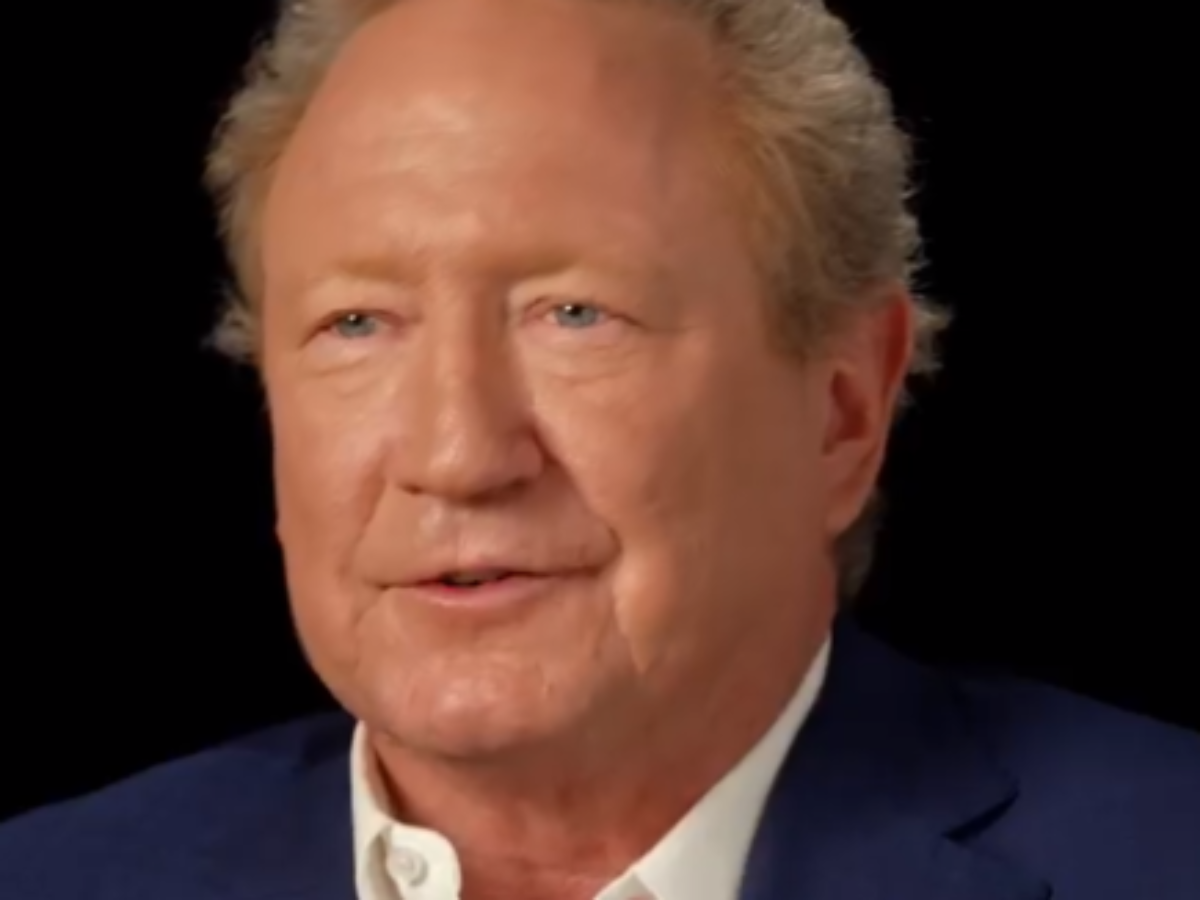Fortescue breakthrough in making green iron matches GFG Alliance

By Peter Roberts
Green technology company Fortescue Future Industries has claimed a major breakthrough in the production of green iron – a step towards manufacturing green steel – making it the second of two Australian companies which make such an ambitious claim.
The claim first surfaced in parent company Fortescue Metals Group’s FY23 half year results which said: “FFI achieved a significant breakthrough in the pursuit of green iron by successfully processing 150kg of iron ore to make metallic iron that could pave the way for the production of green iron at scale.”
In the half year FFI ramped up its R&D expenditure partly on green energy projects to US$160 million, a 75 percent rise on the previous corresponding period.
There were no further details given, however the company then took to social media where it said: “Our scientists used electrolysis (a fancy way of saying ‘zapping things with electricity’) to remove the oxygen from our iron ore, creating ‘metallic iron’ which can be used in the steelmaking process.
“Currently, that steelmaking process makes up about nine percent of our total global emissions, because it relies on coal.
“As long as the electricity for this process comes from renewable sources, the iron produced is fully green.”
Still not many details, though ‘zapping’ suggests electrolysis of water to produce green hydrogen as a replacement reductant for the use of coke in primary steel making.
And certainly not as many details and not as much progress as reported this week by GFG Alliance, operators of the Whyalla steelworks and associated iron ore mines.
Then GFG’s mining arm reported progress in moving to what it called GREENSTEEL production following its August, 2023 production of the first GREENSTEEL pellets manufactured from magnetite ore. Most steel is produced from hematite ore.
However Fortescue followed up in answering questions during an analysts’ briefing on the half year results.
Director of Decarbonisation at Fortescue, Christiaan Heyning told analysts that most of the company’s emissions were in downstream Scope 3 when its iron ore is used to make steel – usually using coal in a process that is highly CO2 intensive.
Heyning said: “Fortescue has already started a few years ago a technological development to come up with a reduction process that allows us to make steel without producing any CO2.
“That has been started from the ground up with fundamental research and the breakthrough that we’ve achieved this month is that we’ve now produced sizeable volumes of green metallics out of our own iron ore without producing any CO2 in our production facility in Western Australia.
“(This is) extremely encouraging to go from a few grammes to the scale significantly larger than that.”
Asked for more details of the process used, Executive Chairman Andrew Forrest said: “Look, that I could tell you, but then I’d have to kill you.
“Let me just say, to give a clue to all our competitors out there, it uses a membrane and they’re going to have to come and talk to us if they want to borrow the membrane.”
This route being developed in Western Australia is different to a separate process being trialed in South Australia by another company – Sparc Technologies.
In March Sparc Technologies allocated an additional $1.1 million to its offshoot, its Sparc Hydrogen green hydrogen development joint venture with the University of Adelaide and Fortescue Future Industries.
Sparc Hydrogen is commercialising its patent-pending photocatalytic water splitting technology developed by the Flinders and Adelaide universities.
The technology has the potential to create significant energy efficiencies and a cost advantage with low capital and operating expenditure required compared to renewable energy powered electrolysis.
Australia, it seems, has at least three green technologies under development to decarbonise the steel production process, as well as backers prepared to finance the development and with ambitious plans in mind.
Meanwhile Fortescue has said that its electrolyser factory being constructed in Gladstone, Queensland will be ready in March, will produce its first electrolysers this year.
Further reading:
WHYALLA MOVES A STEP FORWARD TO GREEN STEEL PRODUCTION
SPARC ACCELERATES PHOTOCATALYTIC HYDROGEN VENTURE
Picture: Andrew Forrest
@aumanufacturing Sections
Analysis and Commentary Awards Defence Manufacturing News Podcast Technology Videos






